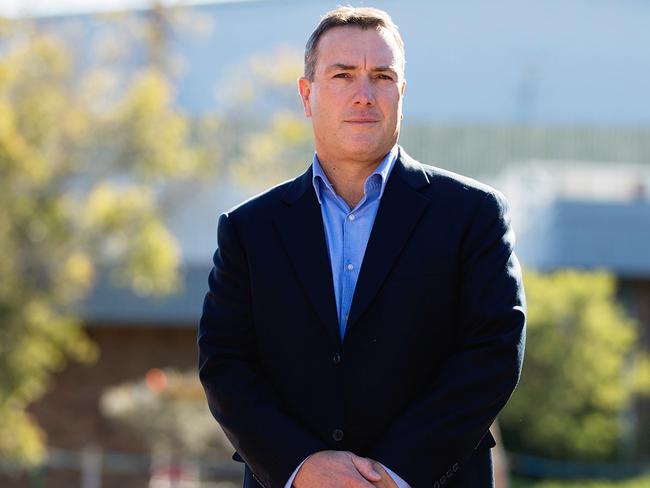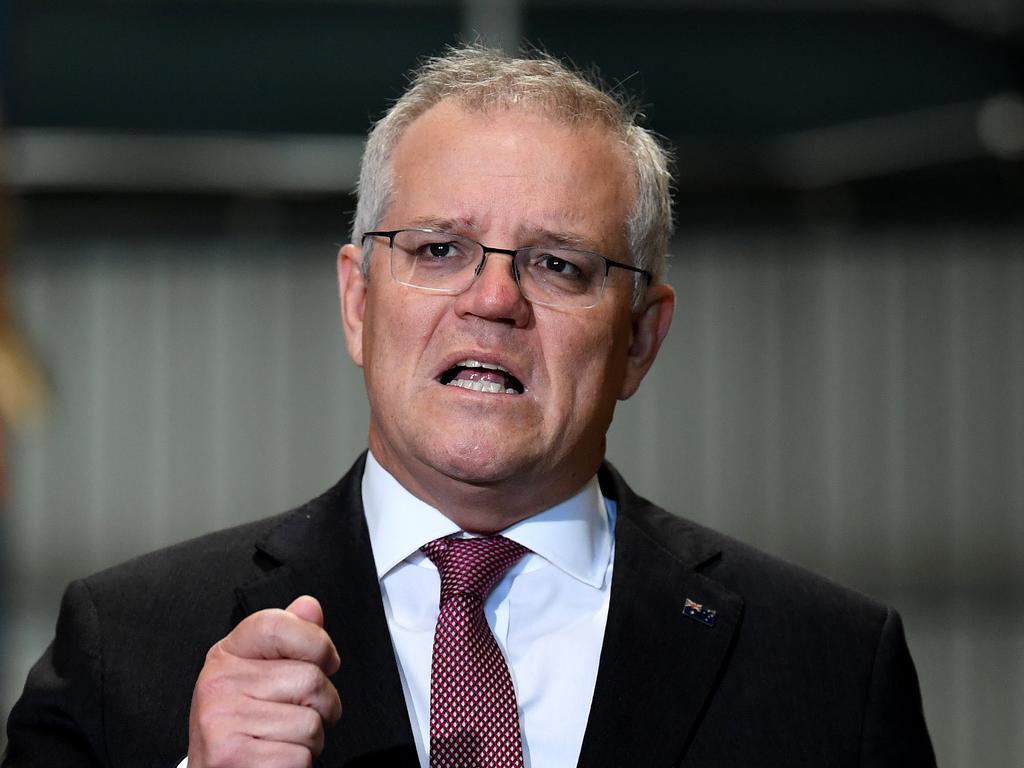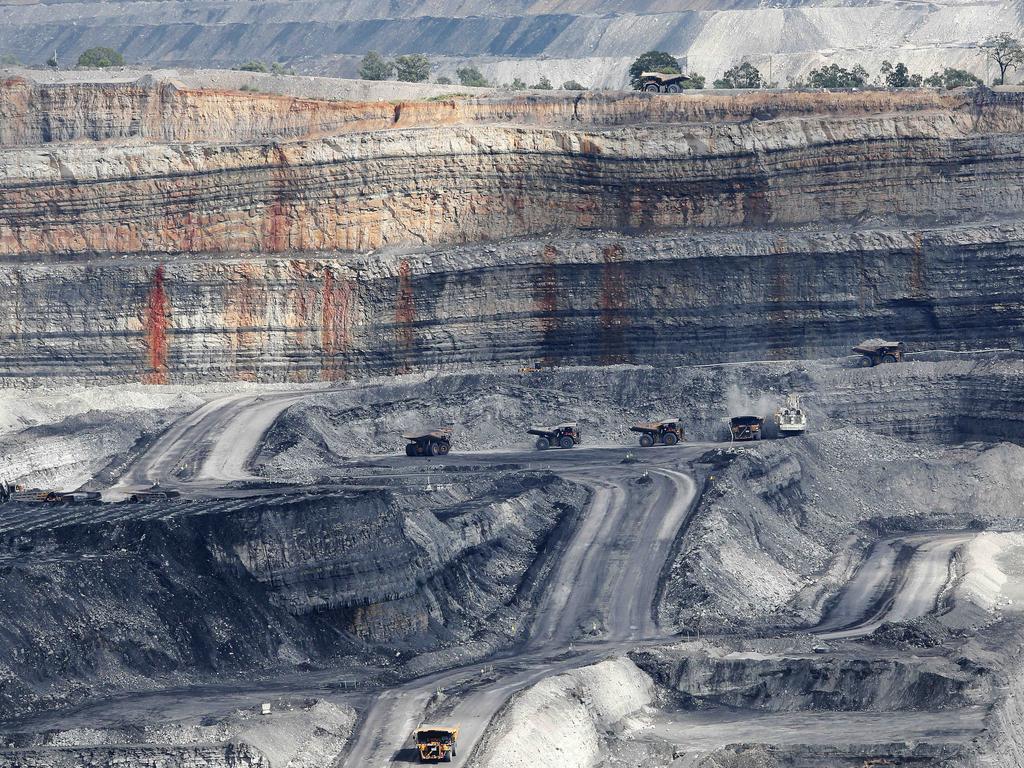Tomago Aluminium buckles under price spikes, backs Snowy gas
The biggest electricity user in Australia has backed the decision to build a new gas plant after it was forced to halt production three times in the last week.

Tomago Aluminium, the biggest electricity user in Australia, has backed the decision to build Snowy Hydro’s new gas plant in NSW’s Hunter Valley after revealing it was forced to halt aluminium production three times in the last week due to skyrocketing power prices, which it blames on a lack of reliable generation.
The aluminium producer, which uses 950 megawatts or 11 per cent of NSW power demand, said huge price volatility during the early morning and evening, when demand is high, meant it had to shut down two of its three pot lines at the giant industrial plant.
The most recent interruption occurred on Tuesday night when prices spiked as households returned home and cranked up their heaters. When wholesale power prices jump up to 100 times their normal levels, Tomago is forced to cut up to 600 megawatts of its 950MW use as it can’t afford to stay online and pay market rates outside its contract with supplier AGL Energy.
Tomago chief executive Matt Howell said the situation for the power grid is unsustainable and underlines why more fast-start back-up resources like gas and hydro are needed in the system to balance the huge slabs of renewables being built.
“What we are seeing now is regular interruptions - and it is not even winter - because of a lack of dispatchable capacity,” Mr Howell said. “And that is why we absolutely welcome the federal government‘s announcement today on Snowy’s Hunter Valley gas plant. It is essential to provide that dispatchable generation when there is no solar and when the wind drops off.
“We have had interruptions last Wednesday, Monday this week and then again last night. They are all due to spiking wholesale prices and reliability issues at generating units in NSW,” Mr Howell said. “At each of those three occasions we had more than 600MW offline and it is not a stretch of the imagination to say the reason the lights and heaters stayed on in Sydney last night is that Tomago was offline.
“Typically from 5pm or 5.30pm onwards, people are coming home and cranking up their heaters. But the largest load, which is us at Tomago, is having to come offline because wholesale prices are out of control. They spike because of a lack of dispatchable capacity, which is why this gas station in the Hunter is so important.”

The Australian Energy Market Operator warned on Wednesday morning of a potential lack of reserve, known as a LOR1, for NSW, which signals a reduction in electricity reserves and is meant to both encourage more generation to enter the grid and for large industrial customers to cut demand.
The move was triggered by higher demand, several generators being offline for maintenance and planned transmission outages.
Scott Morrison’s intervention in the energy market by backing a 660MW gas power plant in the Hunter Valley is designed to offset the closure of the Liddell coal-fired power station in 2023 and avoid a 30 per cent power price hike for consumers.
The Prime Minister told companies to commit 1000 megawatts of new supply by an April 30 deadline or it would build its own 650MW plant through Snowy Hydro at Kurri Kurri.
EnergyAustralia subsequently committed to expand its existing Tallawarra gas power plant in NSW’s Illawarra with a 350MW facility even as debate swirls over how much extra supply is warranted once the 1680MW Liddell exits.
The Tomago boss in 2018 warned the nation’s coal-fired power plants must be extended beyond their planned retirement age to help keep the national electricity grid stable with renewables ill equipped to fill the void for industrial users.
He now recognises the closure of coal plants including AGL’s Liddell and Origin Energy’s Eraring station from 2030 are unlikely to change but stresses the need for more firm generation in the grid.
“As coal fired generation closes - and it should because there are cleaner ways to generate electricity - that energy still has to be supplied because demand is not going to drop off,” Mr Howell said. “But it can‘t come from solar and there was very little wind this morning - that’s why dispatchable gas is so critically important.”
The Australian Energy Council lashed the Morrison government for proceeding with Kurri Kurri, saying it deters private investment and there was no clear need for the extra capacity in the power grid.
The industry body - which represents major generators including the big three of AGL Energy, Origin Energy and EnergyAustralia - said it was worried by greater government intervention in the energy sector.
“We are seeing more and more investment driven by government backing, rather than by market dynamics and independent expert assessments of what is needed,” AEC chief executive Sarah McNamara said.
“In this environment, the private sector struggles to make final investment decisions. This is because, as noted by the Federal Government’s own energy advisers, the Energy Security Board, interventions or even discussions and ‘threats’ of intervention” act as a deterrent.”
The Morrison government justified sanctioning the Snowy plant based on its view an extra 1000 megawatts of power was needed once AGL Energy‘s 1680MW Liddell coal station closes in 2023.
Critics of the development point to official forecasts by the Australian Energy Market Operator which only indicate a shortfall of less than 200MW.
“It is also still not clear why an additional 1000MW of capacity is required to compensate for the closure of Liddell. The market operator’s analysis does not support that assertion, and recent developments in NSW, including that state’s energy plan and the announcement of the expansion of the Tallawarra power station are relevant,“ Ms McNamara said.






To join the conversation, please log in. Don't have an account? Register
Join the conversation, you are commenting as Logout